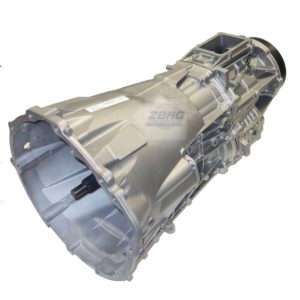Jeep NSG370 6 speed manual gearbox repair manual download digital
 |
Jeep NSG370 6 speed manual gearbox factory workshop and repair manualon PDF can be viewed using free PDF reader like adobe , or foxit or nitro . File size 2 Mb PDF document searchable with bookmarks. The Chrysler NSG370 is a six-speed overdrive manual transmission sourced from Mercedes and built in the Stuttgart Transmission Plant. MANUAL TRANSMISSION - NSG370 Jeep NSG370 6 speed manual gearbox factory workshop and repair manual |
The Chrysler NSG370 is a six-speed overdrive manual transmission sourced from Mercedes and built in the Stuttgart Transmission Plant. It is Jeep's first six-speed manual transmission and Chrysler's second after the Dodge Viper T-56. The NSG370 does not use standard gear oil for lubrication. This transmission utilizes bronze synchronizer collars resulting in sensitivity to lubricant make-up. Only a fluid characterized by Chrysler specification MS-9224 should be used in order to avoid premature wear or failure of internal parts as well as voiding the factory warranty.[2] Pennzoil Synchromesh is one such petroleum based lubricant. Common synthetic alternatives to the factory Mopar-branded conventional lubricant are Royal Purple's Synchromax and Red Line Oil's MTL. The synthetic alternatives often improve shifting performance while decreasing internal wear and noise. Transmissions from Jeep wranglers It features a 14mm hex fill plug on the passenger side and a 17mm hex drain plug on the bottom (with a strong magnet for attracting metal flakes).
A low transmission lubricant level is generally the result of a leak, inadequate lubricant fill or incorrect lubricant level check.
Rear transmission leaks will be from the oil seals or component mating surfaces.
Front transmission leaks will be from the front input shaft retainer seal. Lubricant may drip from the clutch housing after extended operation. If leak is severe, it may contaminate the clutch disc.
Lubricant level check can only be made when the vehicle is level and allowing the lubricant to settle for a minute before checking. This will ensure an accurate check and avoid an underfill or overfill condition.
HARD SHIFTING
Hard shifting is usually caused by low lubricant level, improper or contaminated lubricants. This will cause noise, excessive wear, internal bind, and hardshifting. Substantial lubricant leaks can result in gear, shift rail, synchro, and bearing damage. The first indications of component damage is usually hard shifting and noise.
Shift component damage, clutch adjustment, worn pressure plate or disc are also causes of increased shift effort. If clutch problem is advanced, gear clash during shifts can result. Worn or damaged synchronizer rings can cause gear clash when shifting into any forward gear. In some new or rebuilt transmissions, new synchro rings may tend to stick slightly causing hard or noisy shifts. In most cases, this condition will decline as the rings wear-in.
TRANSMISSION NOISE
Most manual transmissions make some noise during normal operation. Rotating gears generate a mild whine that is audible, but generally only at extreme speeds.
Severe, highly audible transmission noise is generally the initial indicator of a lubricant problem. Insufficient, improper or contaminated lubricant will promote rapid wear of gears, synchros, shift rails, forks and bearings. The overheating caused by a lubricant problem, can also lead to gear and bearing damage.

 0 Items (Empty)
0 Items (Empty)